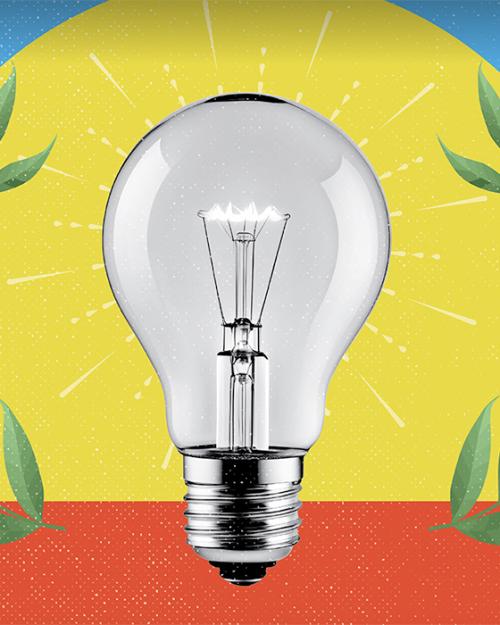You may not have heard of the National Inventors Hall of Fame—but now that you have, you’ll be unsurprised to hear that Cornellians are well represented among its inductees. After all, founder Ezra Cornell was himself an inventor: devising a plow that could dig (and then refill) a trench to lay telegraph wire was his entrée into the industry that would make his fortune.
Founded in 1973, the hall has the dual purpose of celebrating inventors’ achievements—from famous names like Thomas Edison and Alexander Graham Bell to those who are lesser known—while inspiring the next generation of creative minds.
The organization is headquartered in Ohio but runs a museum in Alexandria, VA. Of the hall’s more than 600 inductees, 26 have Big Red ties—as alumni, faculty, postdocs, visiting researchers, and others.
Arts and Sciences alumni in the National Inventors Hall of Fame include...
Harry Coover, PhD ’44
Superglue
Working as a research chemist for Eastman Kodak during World War II, Coover tried to use cyanoacrylates—a class of chemicals with powerful adhesive properties—to produce a clear plastic for precision gunsights.
While the chemicals were too sticky for that purpose, he recognized their potential as an ultra-strong adhesive. Today, Superglue is used to close wounds, enhance fingerprints, bond teeth, and much more.
Gregory Pincus 1924
Birth-control pill
The former biology major changed women’s lives—and helped usher in the sexual revolution—by spearheading development of the first effective oral contraceptive, which works by suppressing ovulation.
The FDA approved the debut version, dubbed Enovid, in 1960. While controversial at the time, “the pill” remains one of the most popular family planning methods, boasting a 98% effectiveness rate when taken as prescribed.
Ching Wan Tang, PhD ’75
A better LED
Tang co-created the organic light-emitting diode (OLED), which is used in the digital displays found in tech like computers, cell phones, cameras, and TVs. An improvement on traditional LEDs, OLEDs—which appear in products made by major companies like Apple, Google, Sony, Motorola, and Samsung—offer better power efficiency, longer battery life, and increased display quality. Tang, who earned a doctorate in physical chemistry on the Hill, is a professor emeritus at the University of Rochester.




